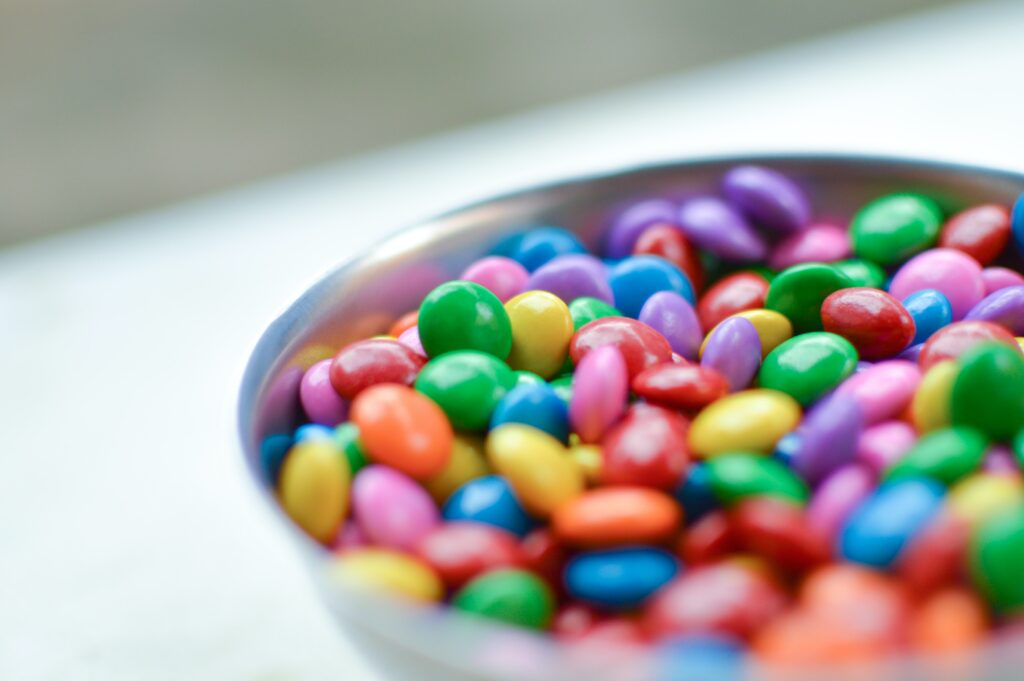Green M&Ms: Are They Really Aphrodisiac, Or Is That Just A Rumor?
Candy is a delicacy for children and adults. Various myths and misconceptions have been attached to candy and chocolates to ensure that each bite is sentimental. Unfortunately, most candy lovers don’t know much about candy producers and need clarification about different colors.

The Mars Company of Hackettstown, New Jersey, also known as M&M/MARS, has been an established candy producer since 1941. Various rumors are attached to different candy colors, prompting different feeding habits and preferences among candy lovers
The green candies are widely recognized as aphrodisiacs; one should also make a wish if the last candy is red, yellow M&Ms are an excuse to call in sick, brown M&Ms symbolize bad luck, and orange M&Ms are preferred for their ability to bring good luck.
The company notes that consumers have invented the rumors. Rumors that green candies are aphrodisiacs began around the 1970s when they gained prominence. Students would pick green candies to feed to the people they were interested in.
The green M&Ms may have been accorded power because of the color green’s association with fertility and healing.
Red M&M’s were taken off the market temporarily after FDA’s ban on red dye #2 in 1976, and rumors spread that red ones were more powerful aphrodisiacs that employees would pocket directly off the production line.
The company began using the mythical image of M&Ms through their advertisements, claiming that previous rumors about green M&Ms were true. The idea echoed on magazine pages, TV screens, and radio adverts.

M&M/MARS announced its annual Valentine’s Day promotion would include vending bags of all-green candies to supplement the regular Valentine-themed packages in 2008. You should try out the green M&Ms to check if they do have aphrodisiac powers.
